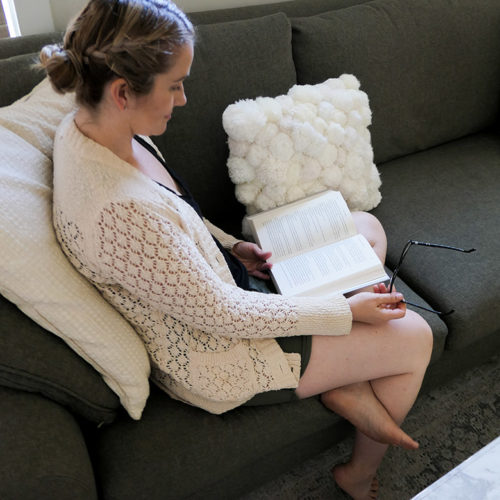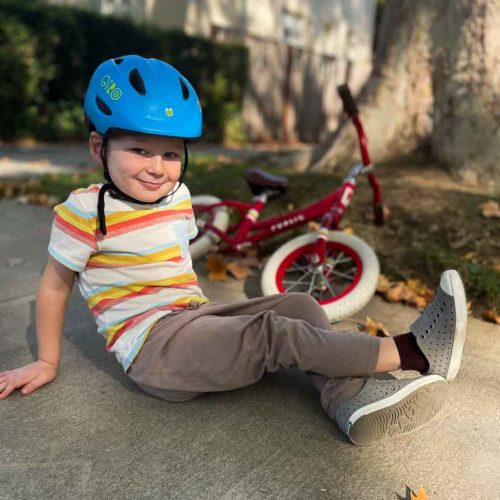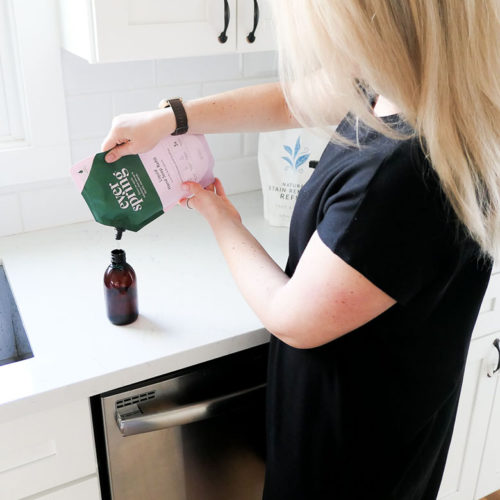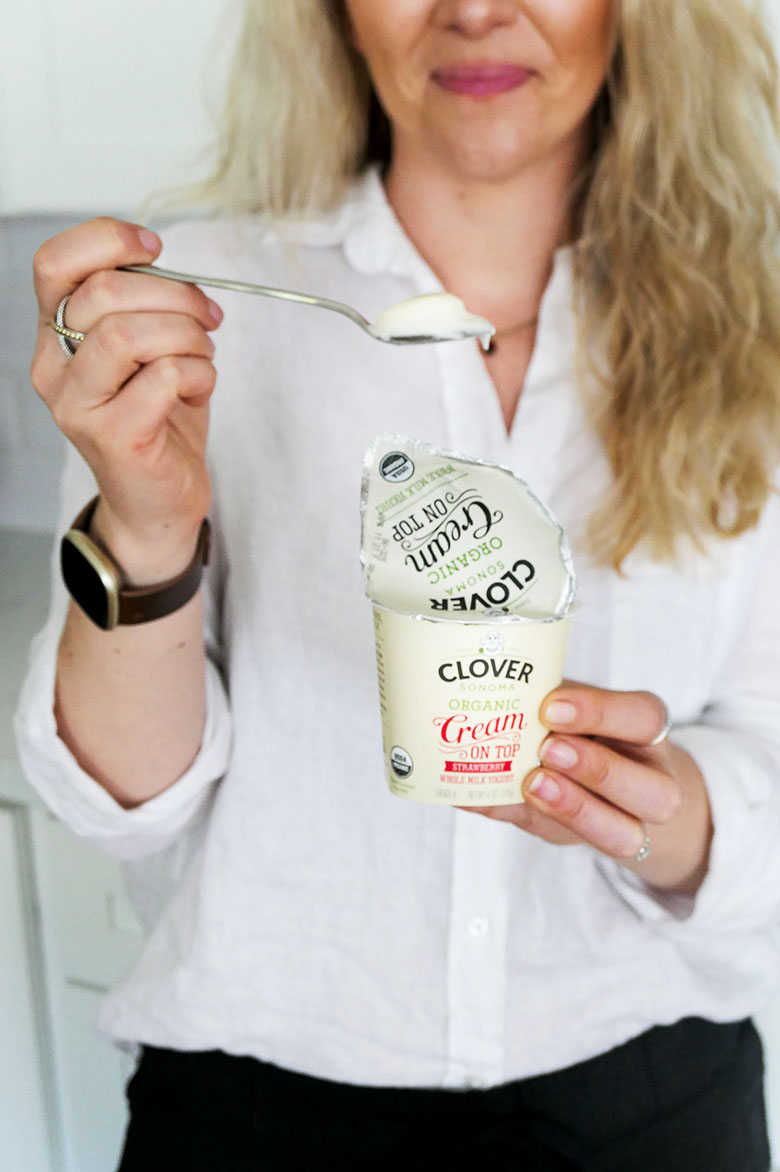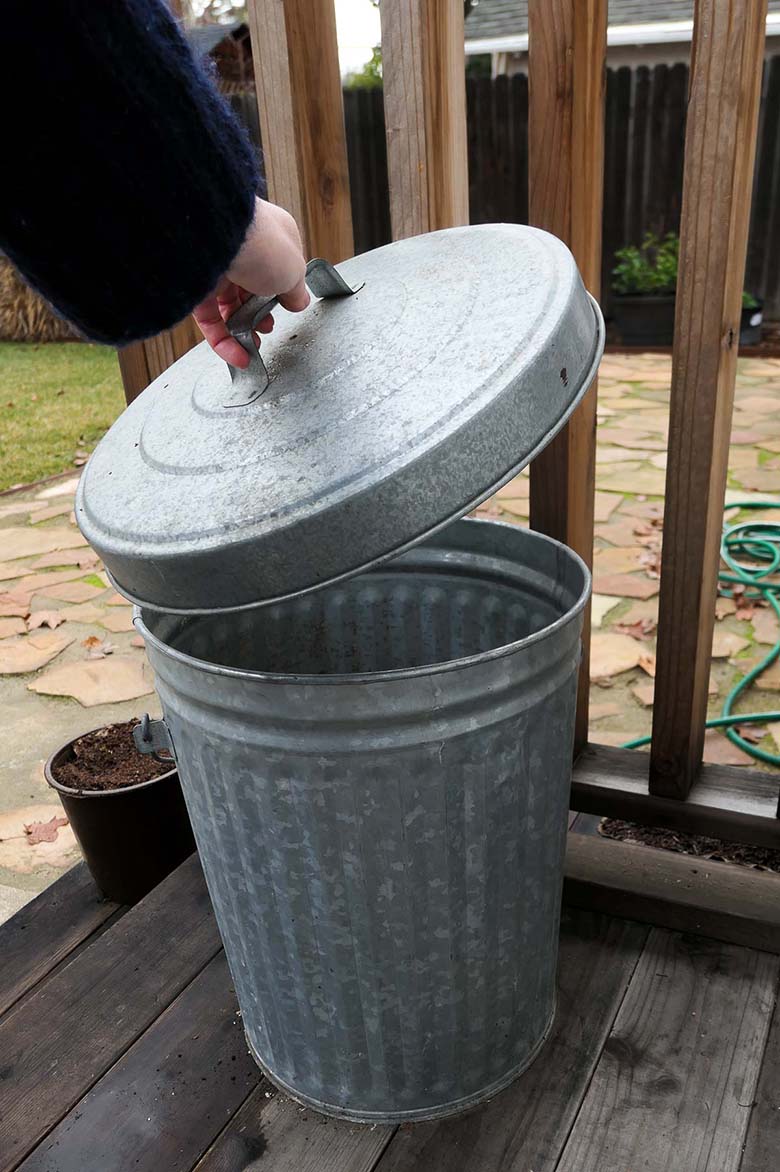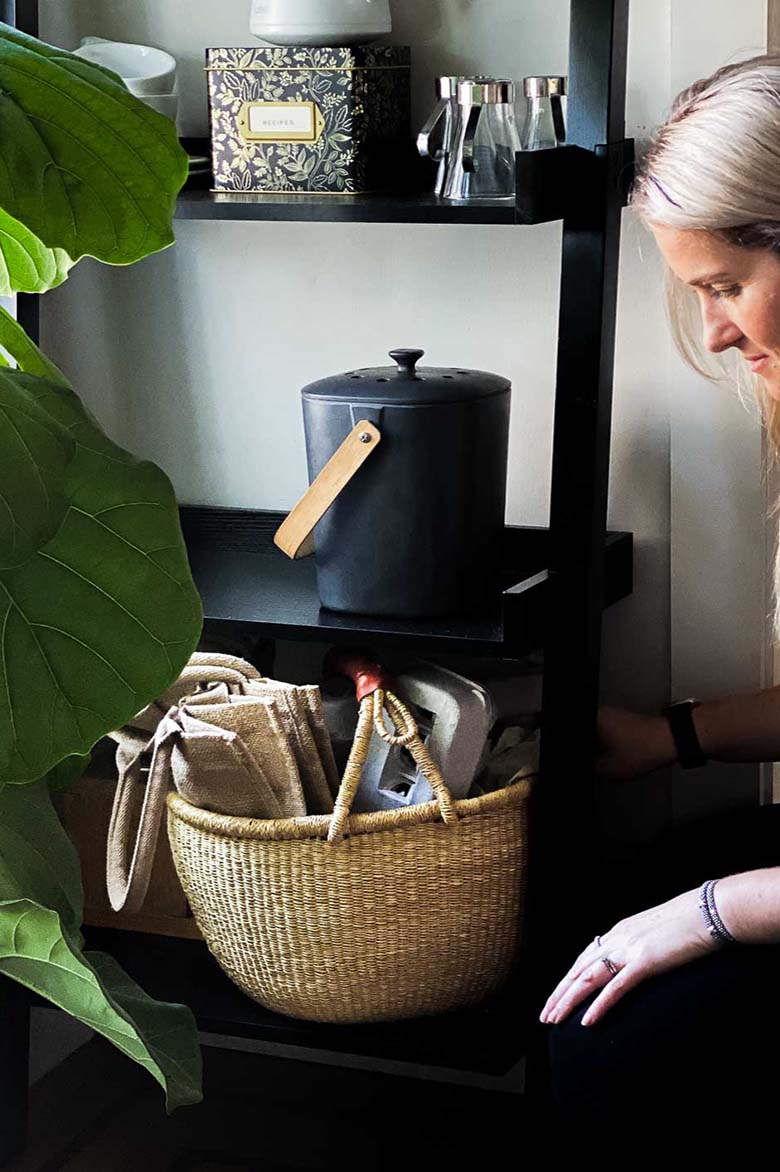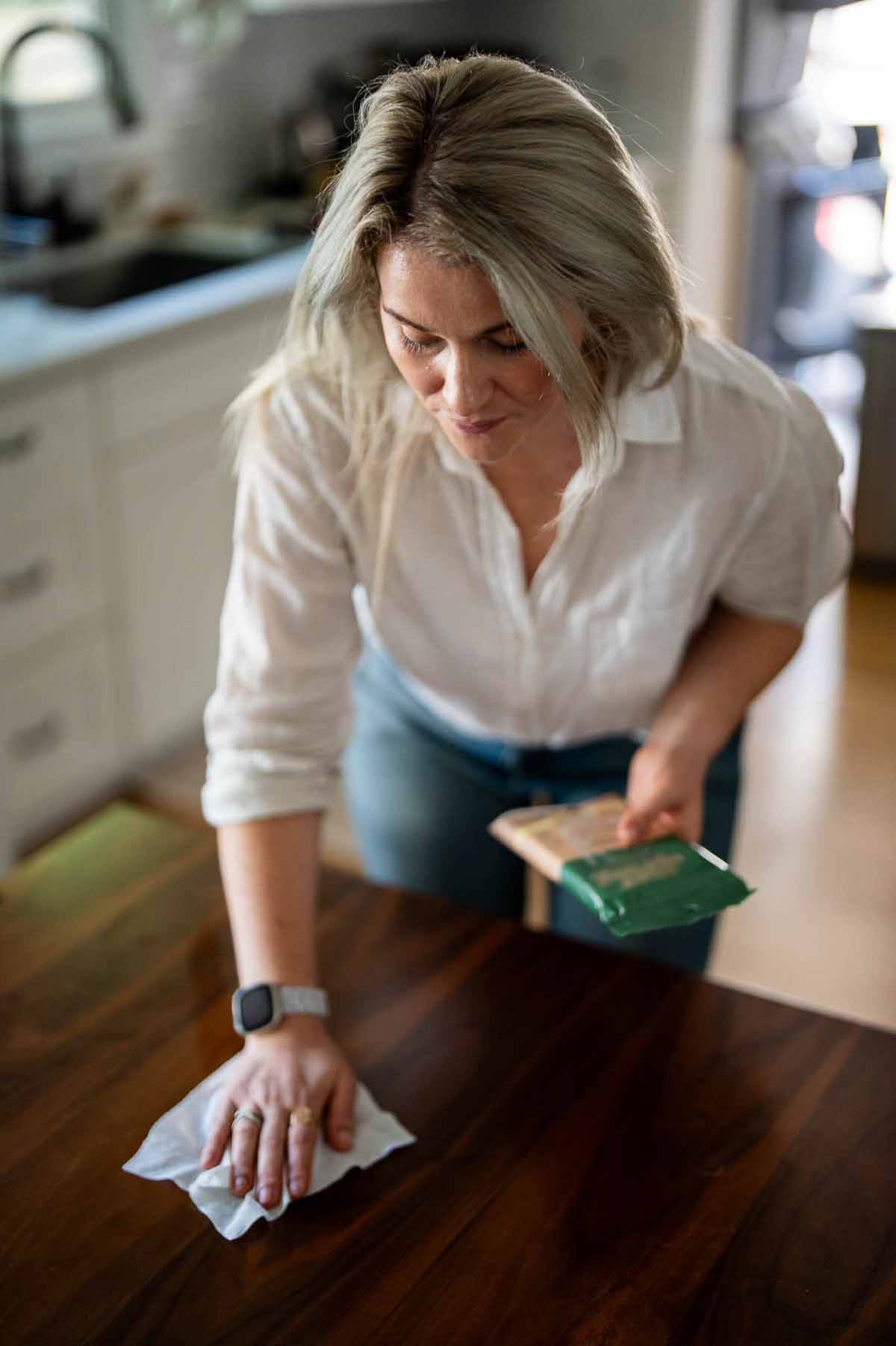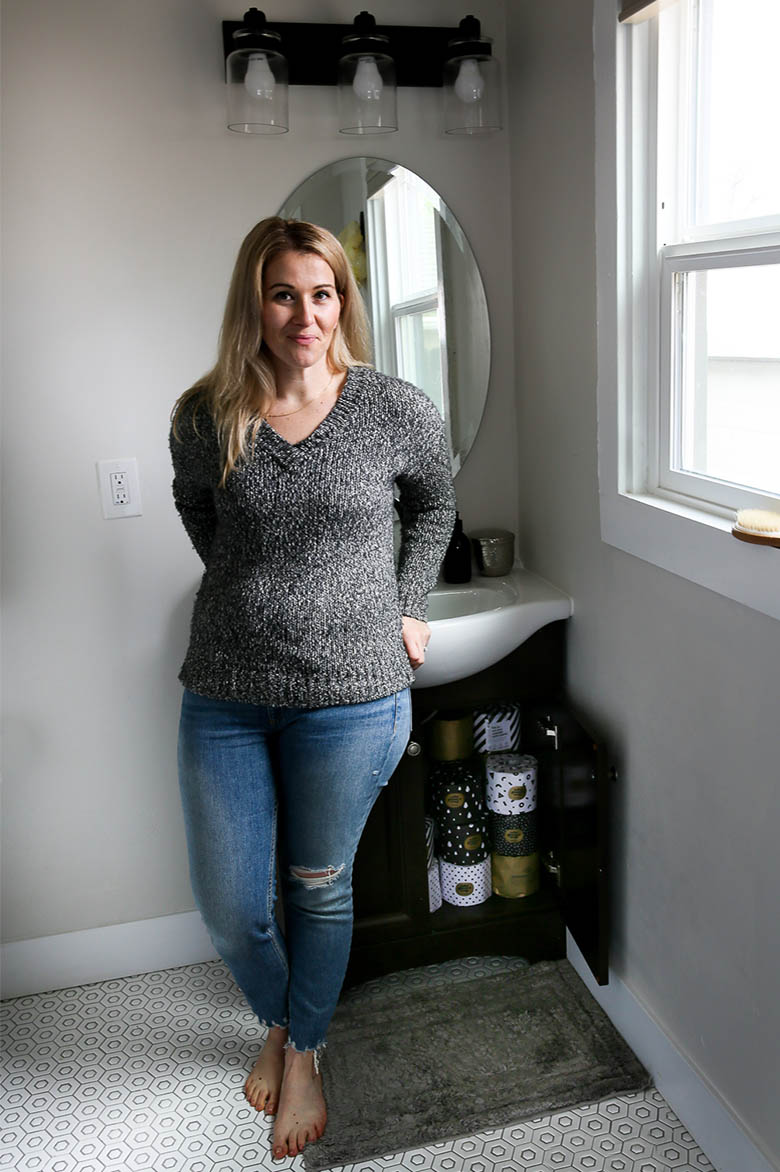How to Shop More Sustainably on Amazon

I have a complicated relationship with Amazon. I’m a former Prime member, but I’ve been actively moving away from shopping on the site. Regardless of my stance on it, however, I understand that it’s a big part of most people’s lives, so here is a little background as well as a slew of tips for how to shop more sustainably on Amazon (as well as cutting back a little bit).
So. Here’s the thing. For all the problems I hear about Amazon, I think my biggest gripe about it is the wasteful consumerism it has brought about. You can order something in seconds, have it delivered in hours. You can almost have items shipped around the world overnight. We hear about plane travel being unsustainable, well goods traveling via plane are just as troublesome.
Cars, trucks, and planes have been added to the world to deliver Amazon goods. I’ve recently seen a lot of electric Rivian delivery vans, which is exciting, but there are no electric planes yet
But most of all, Amazon has made us all expect free, 2-day shipping on EVERYTHING. Small companies are struggling because everyone expects fast, free shipping, when in reality, things don’t ship free. It’s an extra cost for these businesses and it’s not as though they can add it into the price of the products because then consumers won’t pay for it.
Ok. So I can go on and on about my gripe (and a few others), but it’s not like I don’t use Amazon, and I don’t want to be a hypocrite. We do still occasionally buy from Amazon. I bulk buy my Dr. Bronner’s chapstick (Dr. Bronner is a B Corp and super sustainable brand who sells on Amazon).
And considering I use my Amazon Kindle EVERY. DAY. (granted reading borrowed books from the library), clearly I can’t get up on my high horse about that.
And I’m aware that selling on Amazon is a way for small businesses to make sales and increase their exposure.
So, in essence, it’s complicated for me…and I do hope it is for you too.
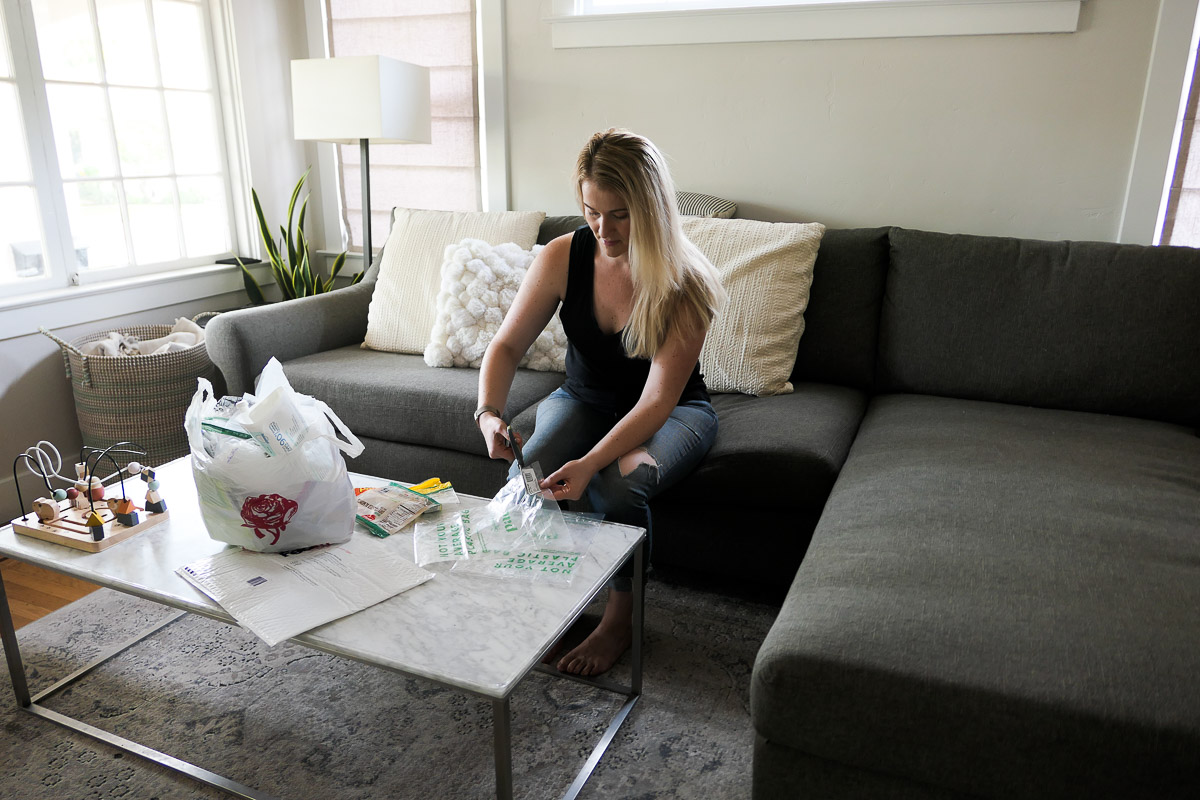
Shopping Sustainably on Amazon
Since I’m not here to alienate, ostracize, or make anyone feel guilty, I have some tips for shopping more sustainably on Amazon (all while hoping to encourage you to shop small and/or local too).
- Turn of Amazon App Notifications. These notifications bring you into the app and into shopping even when you might not otherwise be thinking of buying. And their marketing is good. How often do you open the app and not buy or save something? Even if you see it…maybe you just order it later.
- Select a Delivery Day. Did you know you can select a delivery day? You can actually select two days per week. So instead of a package here and there (everyday), you can set two days when your items are delivered. And you can always change this for a specific order if needed – so you aren’t locked in.
- Pickup over delivery where possible. Amazon has pickup “lockers” all over the place. This limits a lot of the stop-and-go of delivery trucks (double parking in front of driveways in the middle of the street) and their emissions. A single place to drop off. I can walk to our closest one!
- Get rid of Prime. When that free shipping feature isn’t there, Amazon isn’t as appealing to shop on. Trust me – I’ve been doing it for a few years! And with how little we shop on Amazon now, I’m saving money form their annual membership fee even when I do pay for shipping.
- Be mindful of what you’re buying. This is something I try to encourage in general when it comes to sustainable, but let’s focus on only buying what we need and only when we need it. This is why turning off notifications and unsubscribing from emails (not just Amazon, all apps and mailing lists) is such a good idea!!
- Look where it’s shipping from. A lot of products, especially tiny ones, are shipped internationally or form international companies. You can click each business “sold from” and get an address. Try to find US based ones, and even those closer to your home!
- Check Other Retailers First. A lot of items can be found locally or directly from retailers (yes, even those that sell on Amazon). Try to help these smaller companies before going through Amazon.
- Reuse and Recycle packaging correctly. All the packaging is another source of waste. Cardboard boxes and the brown ‘paper’ bags can be recycled in curbside recycling (see recycling basics). The white and blue bags can only be recycled at participating stores. See this post on plastic bag recycling to find places near you. Target and many groceries stores offer this, so it isn’t impossible, but it’s another step. If you don’t plan on participating in plastic bag recycling, these blue and white bags go in the trash.



